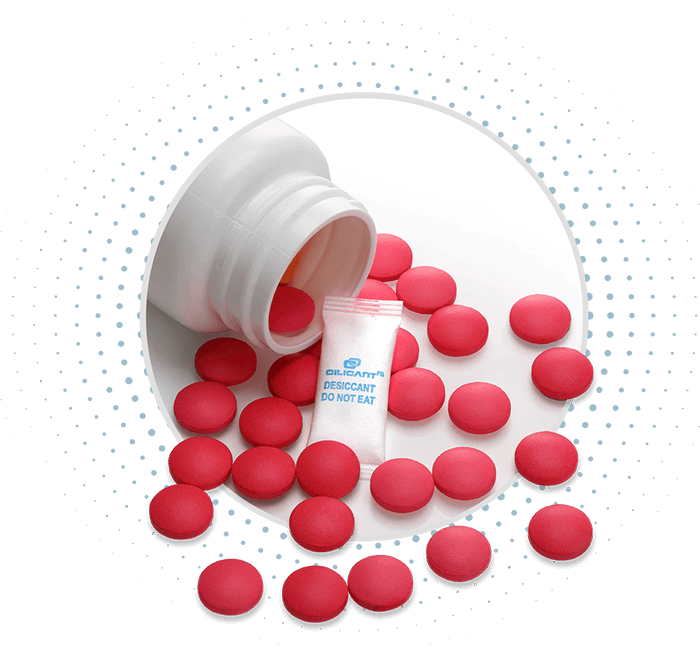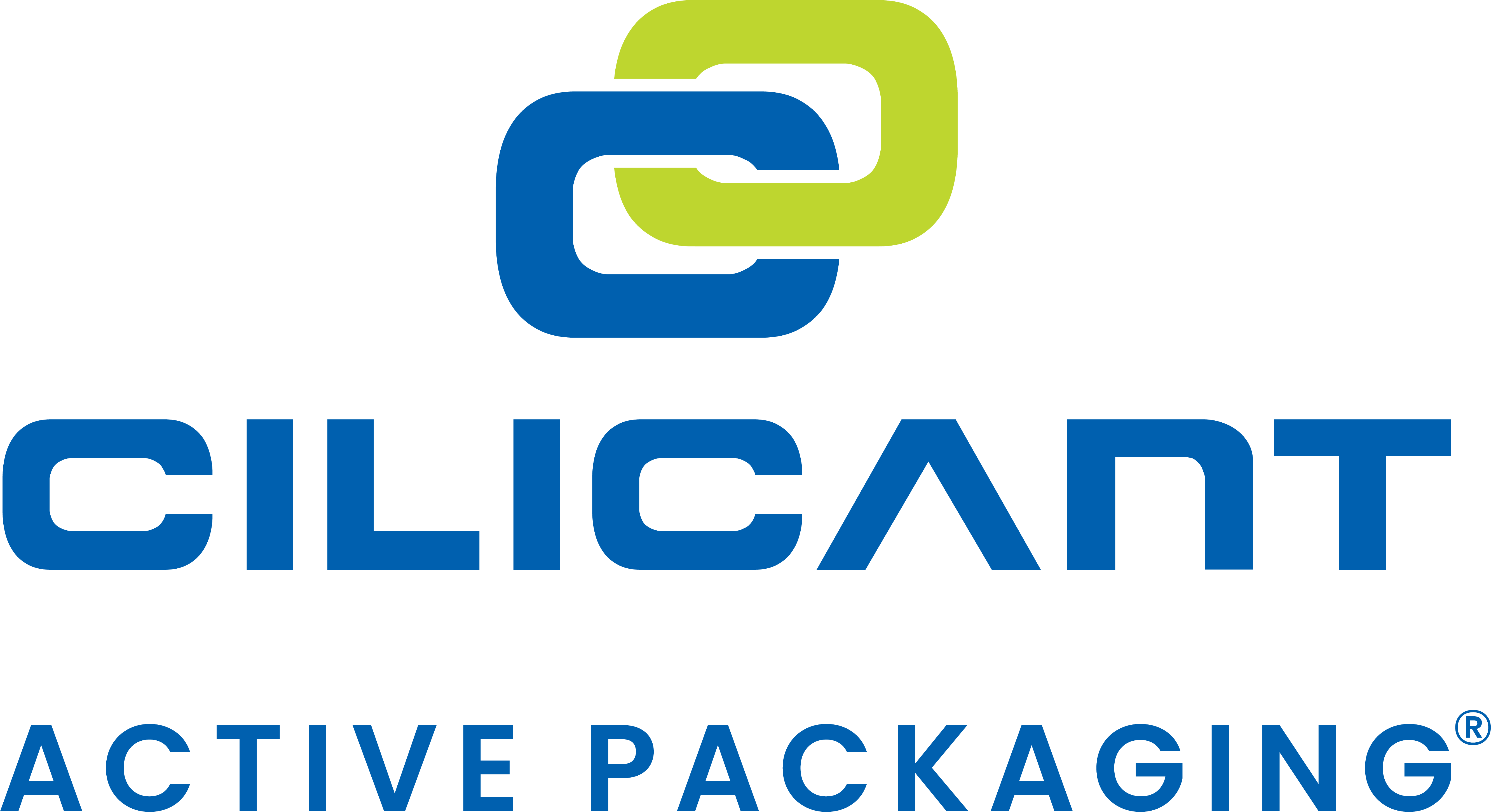Overview
What is activated carbon?
CILICANT’S pharmaceutical grade activated carbon is treated carbon designed for the removal of undesirable odours and gases in packaged pharmaceutical products. The amorphous, highly porous structure of activated carbon affords it a large surface area for the adsorption of gases and volatile organic molecules. Activated carbon may also be used in combination with desiccants to create a hybrid solution for moisture and odour control.
How is activated carbon made?
Most commercial variants of activated carbon are derived from carbonaceous materials such as coconut shells, peat, wood (hardwood and softwood), coal (lignite and bituminous) and fruit stones (e.g. olive pits), among others. The different raw materials produce varying grades of activated carbon. The manufacturing process involves thermal decomposition of raw material followed by high-temperature steam activation at 700-1100°C. This results in a highly porous microcrystalline structure consisting of randomly stacked elementary graphite.
Which grade is best for pharmaceutical applications?
The key considerations in selecting the best grade of activated carbon for use with pharmaceuticals are exceptional purity and performance. CILICANT’S activated carbon is derived from coconut shells which are more dense, microporous, and harder than coal-based raw materials. This results in an excellent adsorbent with low attrition, low dust, high efficiency, and superior purity.
How does activated carbon work?
The lattice structure of CILICANT’S activated carbon, with its intrinsic network of micropores, creates a large surface area for adsorption. Adsorbates (e.g. volatile gases and odours) attach to activated carbon by either physical adsorption or chemisorption. In physical adsorption, adsorbates are weakly trapped within the pores of activated carbon by Van Der Waals forces or London dispersion forces. Chemisorption involves the formation of chemical bonds between adsorbates and activated carbon, creating stronger forces of attraction.
Where can I get activated carbon?
CILICANT supplies activated carbon for use in pharmaceutical and nutraceutical packaging. The product is available in several configurations including pre-cut sachets, automation-ready strips, and bags. Custom configurations are available upon customer request. For more information on CILICANT’S activated carbon products, feel free to contact us using the details below.




